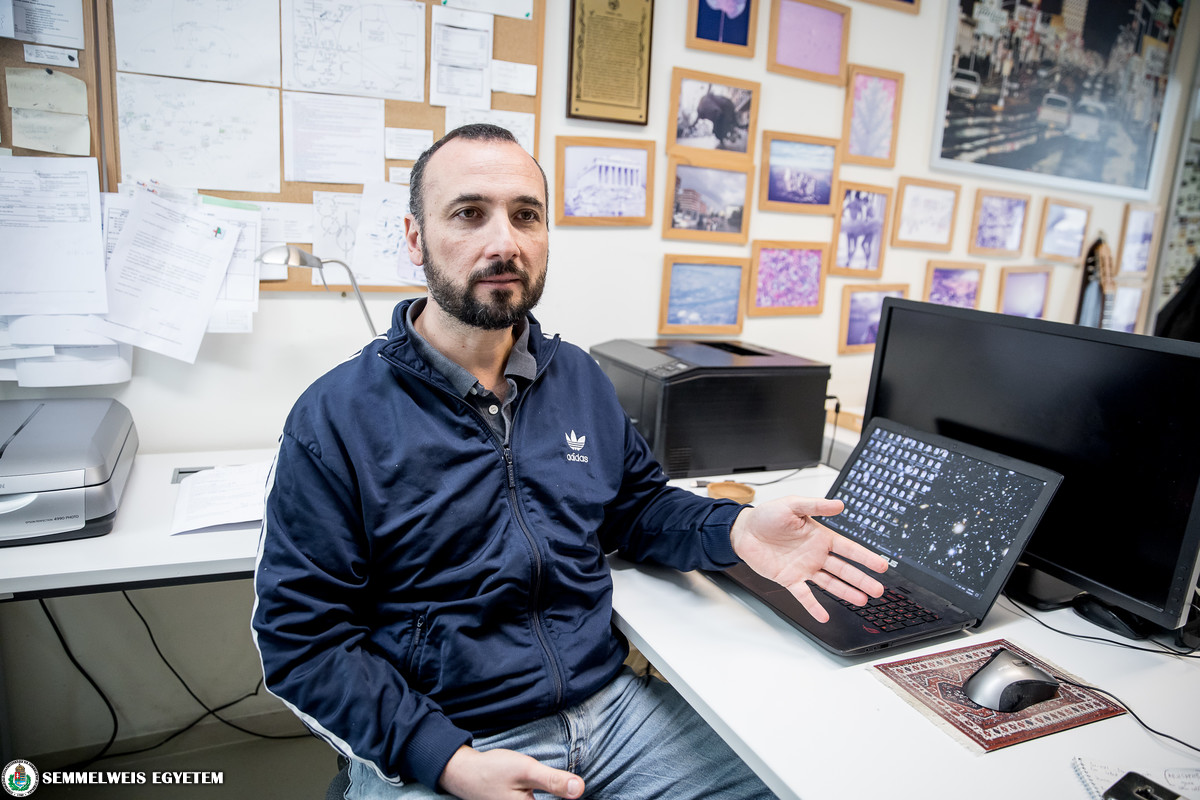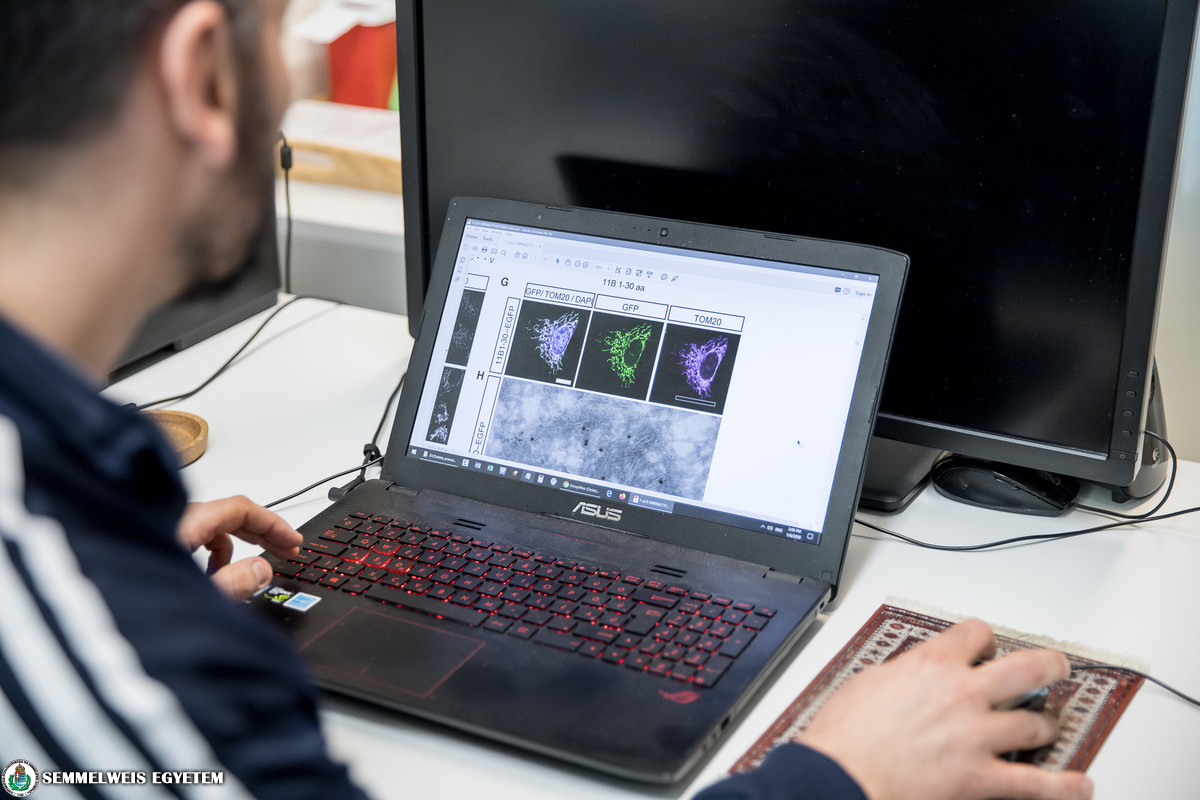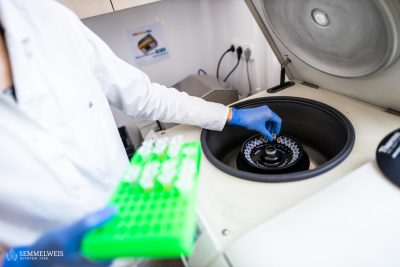 “Previous studies have shown that the size of the human brain increases mainly due to a certain gene that is only found in humans, but the details of the mode of action of this gene were not known, and this is the area where the new study has brought promising results,” said Dr. Christos Chinopoulos. One of the main findings is that this specific gene, called ARHGAP11B, is located in the mitochondria, the “powerhouse” of the cell, and induces a metabolic pathway in brain stem cells that is characteristic of cancer cells. Specifically, it inhibits the mitochondrial permeability transition pore (PTP), preventing calcium leakage from the mitochondria and thus improving their performance. The key lies in a process called glutaminolysis, which is the main driver of cell proliferation and is also a hallmark of tumor cells. The research has now confirmed that the same process also underlies neuronal stem cell proliferation, meaning that therapies targeting glutaminolysis could be an effective way for treating cancer from metabolic point of view, noted Dr. Chinopoulos. This is an area that has not really been addressed as a potential anti-cancer treatment, and this study may help revive interest in this field of research, he added.
“Previous studies have shown that the size of the human brain increases mainly due to a certain gene that is only found in humans, but the details of the mode of action of this gene were not known, and this is the area where the new study has brought promising results,” said Dr. Christos Chinopoulos. One of the main findings is that this specific gene, called ARHGAP11B, is located in the mitochondria, the “powerhouse” of the cell, and induces a metabolic pathway in brain stem cells that is characteristic of cancer cells. Specifically, it inhibits the mitochondrial permeability transition pore (PTP), preventing calcium leakage from the mitochondria and thus improving their performance. The key lies in a process called glutaminolysis, which is the main driver of cell proliferation and is also a hallmark of tumor cells. The research has now confirmed that the same process also underlies neuronal stem cell proliferation, meaning that therapies targeting glutaminolysis could be an effective way for treating cancer from metabolic point of view, noted Dr. Chinopoulos. This is an area that has not really been addressed as a potential anti-cancer treatment, and this study may help revive interest in this field of research, he added.
Another potential practical consequence of the study is that if signs of a mental developmental disorder are found in the fetus or a later stage of development, then it may be worth looking for problems with ARHGAP11B gene, and targeting it for potential therapeutic manipulation, the associate professor noted. By the same token, mitochondrial abnormalities, especially those likely to result in PTP, may cause mental retardation, while in the future it may be possible to enhance human intelligence by strengthening the expression of genes that boost mitochondrial functions. Dr. Chinopoulos said that his department, specifically himself and Dr. Judit Dóczi, a research fellow, took part in the study at the invitation of the Max Planck Institute of Molecular Cell Biology and Genetics, when they were looking for a centre excelling in the filed of mitochondrial research. “We were sent cells and plasmids coding for ARHGAP11B tissue samples that they made and we did the mitochondrial-related work in our laboratory,” said Dr. Chinopoulos, adding that their contribution helped reach the finding that the studied gene induces glutaminolysis.
Regarding future plans, the associate professor noted that the study’s first author, Dr. Takashi Namba, plans to continue the research project, as there are still undiscovered details of the operating mechanism of the gene. “We still do not fully understand how it acts in mitochondria, although we already have some data on it as a result of the ongoing collaboration which is very exciting,” said Dr. Chinopoulos, who is optimistic regarding the department’s continued involvement in the collaboration.
Tamás Deme
Photo: Attila Kovács – Semmelweis University



